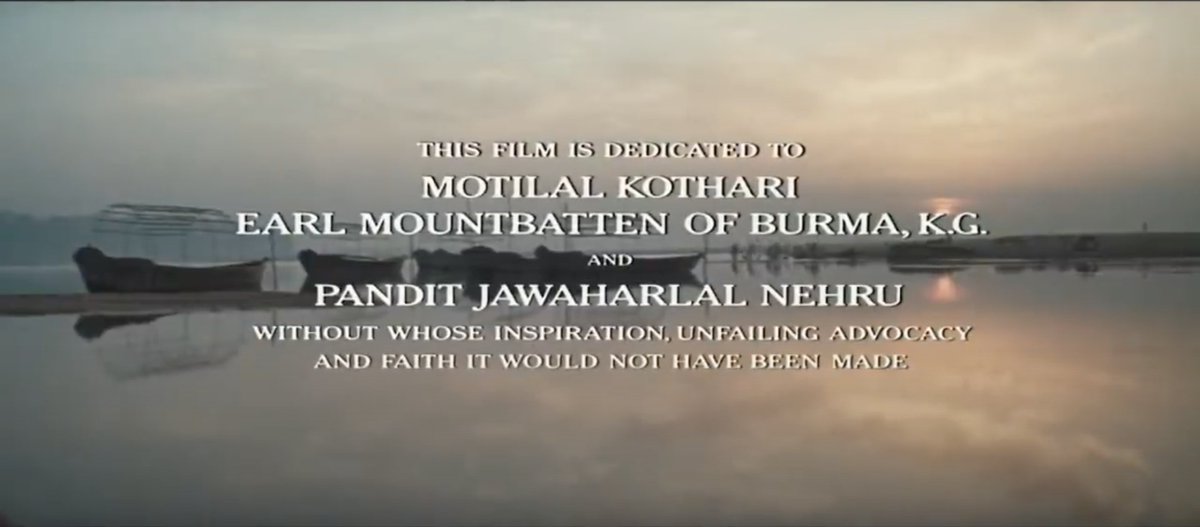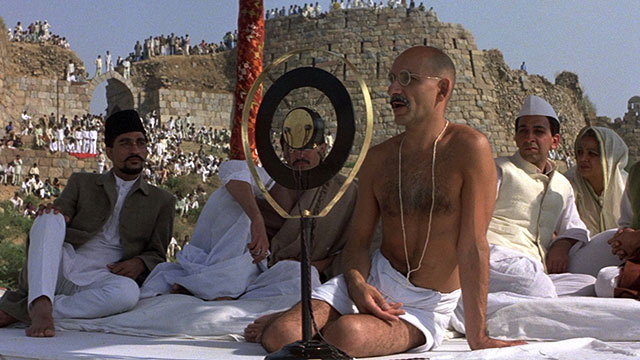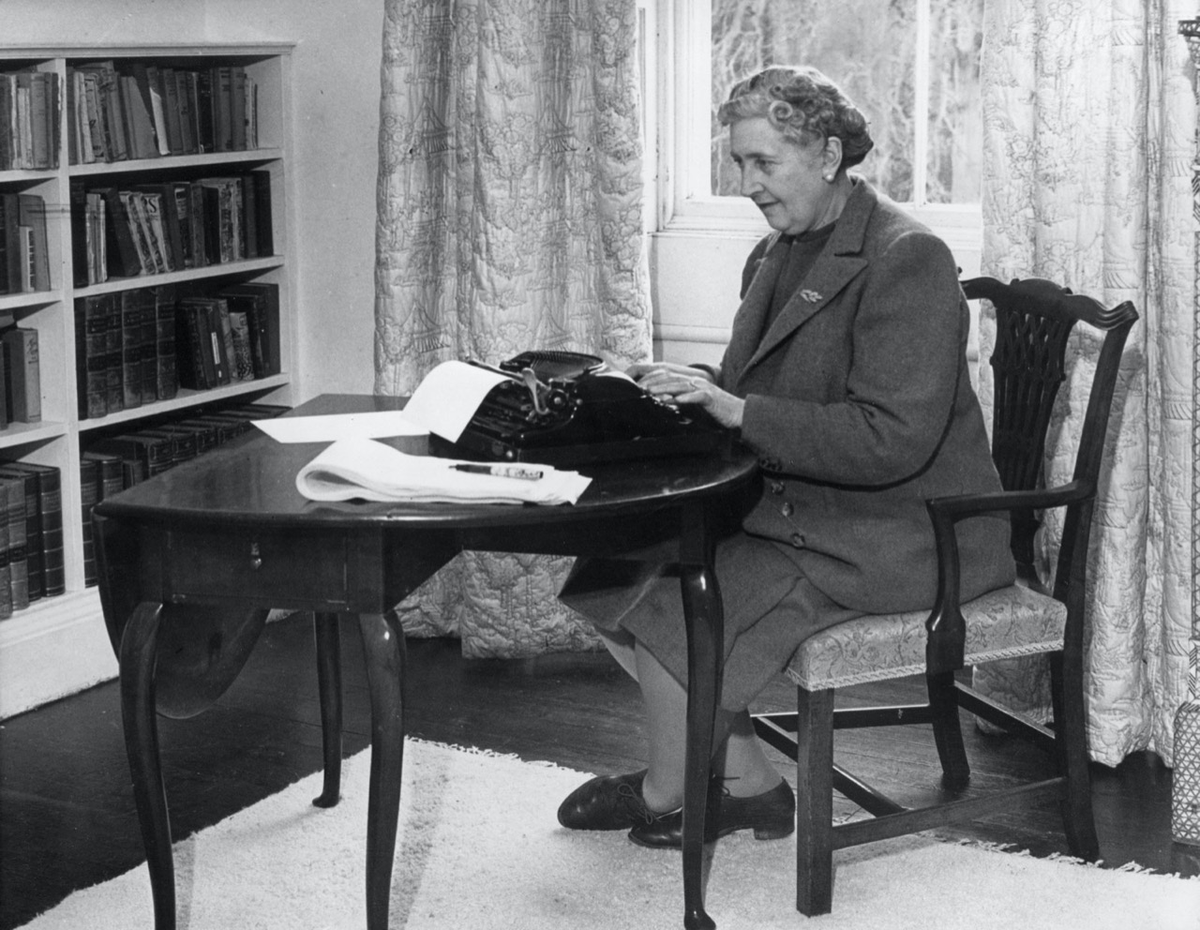Rome won the bid to host the 1908 Olympics. London took over hosting duties as the Italian government had to divert funds to the reconstruction of the city of Naples. The obstacle: Mt. Vesuvius erupted in April 1906. For Italians, April truly turned out to be the cruellest month. 

The New York Times noted that the Neapolitans were rather glad. They said the eruption of Vesuvius was in preparation for the arrival of King Edward, who left Marseilles on April 3 on the royal yacht Victoria and Albert, accompanied by Queen Alexandra and were due a visit.
+
+
The King and Queen did indeed visit Naples while the clean up operation was underway and later made a cash donation to aid recovery.
However, Queen Alexandra's tryst with Italy and the Olympics did not end here.
+
However, Queen Alexandra's tryst with Italy and the Olympics did not end here.
+
Two years later, a confectioner from Capri named Dorando Pietri participated in the Olympic Marathon. He fell, rose up and fell again. The officials, pleaded by the enthused crowd, took hold of the unconscious Pietri and dragged him across the finish line to a huge applause.
+
+
After the race was over, Dorando Pietri was immediately rushed to the hospital. When he recovered later, it was Queen Alexandra who bestowed on him a special gold cup as a consolation prize (as he was disqualified), having earlier watched his ordeal from the Royal Box.
+
+
Although Pietri was struggling for a considerable length, one reason for this can be retrospectively attributed to a slight change in rule. When the modern Olympics were revived in Athens in 1896, the approximate length of the Marathon was roughly 25 miles (40 km).
+
+
However, in 1908, the start line was moved to the gate of Windsor Castle, which added about a mile, and then Queen Alexandra requested that it be extended again, inside the castle premises under the windows of the royal nursery so that her children could watch.
+
+
The length was adjusted yet again, in the stadium, so that the finish line was by the Royal Box. The standard distance for the marathon was set by IAAF, at 26 miles 385 yards (42195 m), that arbitrary figure chosen as a tip of the hat to the length used at the 1908 Olympics.
+
+
That is how a volcanic eruption eventually led to a modern-day standardisation.
The length of the Olympic Marathon has been 26 miles 385 yards ever since.
[END]
#IndiaGyanKaBhandar
The length of the Olympic Marathon has been 26 miles 385 yards ever since.
[END]
#IndiaGyanKaBhandar
• • •
Missing some Tweet in this thread? You can try to
force a refresh
















